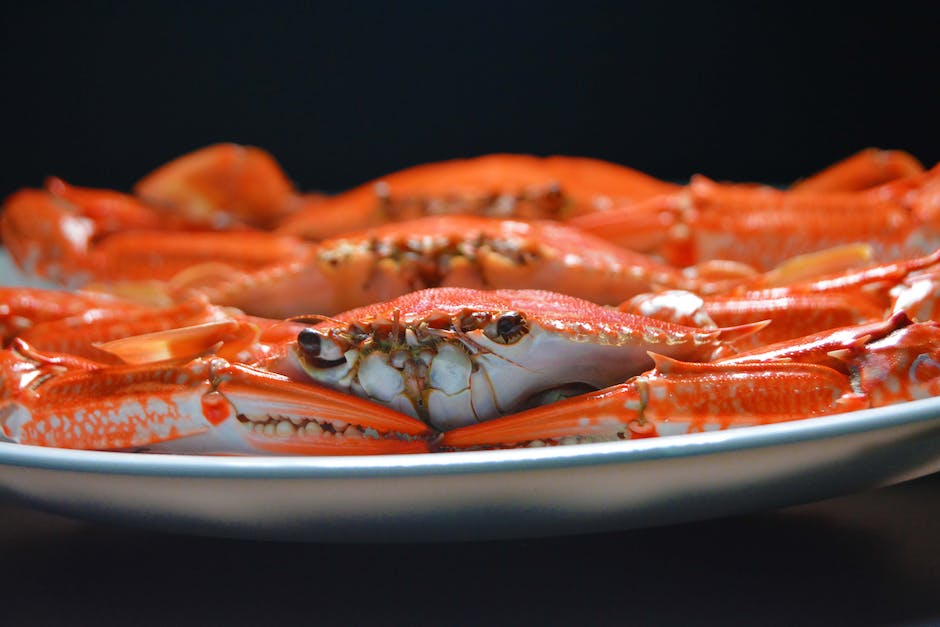
A Study In Blue: The Natural History And Unique Facts Of The Blue Crab
There's something about blue that just draws us in. Maybe it's the calming effect it has on us, or maybe it's just because it's such a rare color in the animal kingdom. Whatever the reason, the blue crab is one creature that definitely deserves a closer look. In this post, we'll explore the natural history and unique facts of this fascinating creature.
First, let's talk about where you can find blue crabs. These creatures are native to the western Atlantic Ocean, from Nova Scotia all the way down to Argentina. They can also be found in the Gulf of Mexico and the Caribbean Sea. Blue crabs are typically found in shallow waters, such as estuaries, bays, and tidal creeks.
Blue crabs are known for their distinctive blue color, but did you know that this color is actually a result of a chemical reaction? The blue color comes from a pigment called astaxanthin, which is found in the crab's shell. When the crab is cooked, the pigment breaks down and the shell turns red. So, if you want to see a blue crab in all its glory, you'll have to catch it live!
Speaking of catching blue crabs, this is a popular pastime in many coastal communities. In fact, there are even special traps designed specifically for catching these creatures. Blue crabs are often used in seafood dishes, such as crab cakes and crab soup.
But blue crabs are more than just a tasty treat. They also play an important role in their ecosystem. Blue crabs are scavengers, which means they eat dead and decaying plants and animals. This helps to keep the waterways clean and healthy. Blue crabs are also an important food source for many other animals, such as birds and fish.
Blue crabs have a unique life cycle. Female blue crabs mate only once in their lives, and they can store the sperm for up to a year. When the female is ready to lay her eggs, she will travel to the mouth of a river or bay and release them into the water. The eggs will hatch into larvae, which will then go through several stages of development before becoming adult crabs.
One interesting fact about blue crabs is that they are able to regenerate their claws. If a blue crab loses a claw, it will grow back over time. This is a useful adaptation, as blue crabs often use their claws to defend themselves and catch their prey.
Another unique feature of blue crabs is their ability to breathe underwater. Blue crabs have gills, which allow them to extract oxygen from the water. They also have a special structure called a gill bailer, which helps to circulate water over the gills.
Finally, it's worth noting that blue crabs are not always blue. Juvenile blue crabs are actually brown or green, and they only turn blue as they mature. So, if you're out crabbing and you see a brown or green crab, don't assume it's not a blue crab!
The blue crab is a fascinating creature with a rich natural history and many unique features. Whether you're a seafood lover or just a fan of all things blue, the blue crab is definitely worth studying and appreciating.